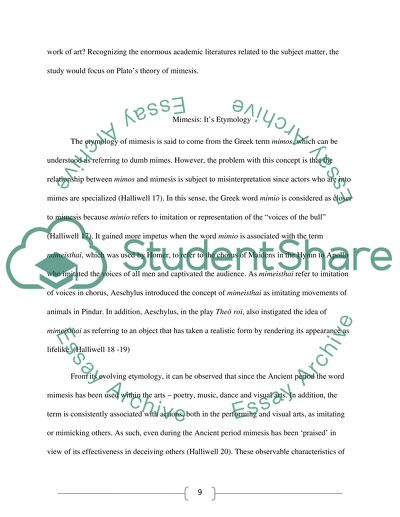Cite this document
(“Mimesis, Plato and Arts Essay Example | Topics and Well Written Essays - 2000 words”, n.d.)
Retrieved from https://studentshare.org/philosophy/1423729-mimesis-plato-and-arts
Retrieved from https://studentshare.org/philosophy/1423729-mimesis-plato-and-arts
(Mimesis, Plato and Arts Essay Example | Topics and Well Written Essays - 2000 Words)
https://studentshare.org/philosophy/1423729-mimesis-plato-and-arts.
https://studentshare.org/philosophy/1423729-mimesis-plato-and-arts.
“Mimesis, Plato and Arts Essay Example | Topics and Well Written Essays - 2000 Words”, n.d. https://studentshare.org/philosophy/1423729-mimesis-plato-and-arts.


